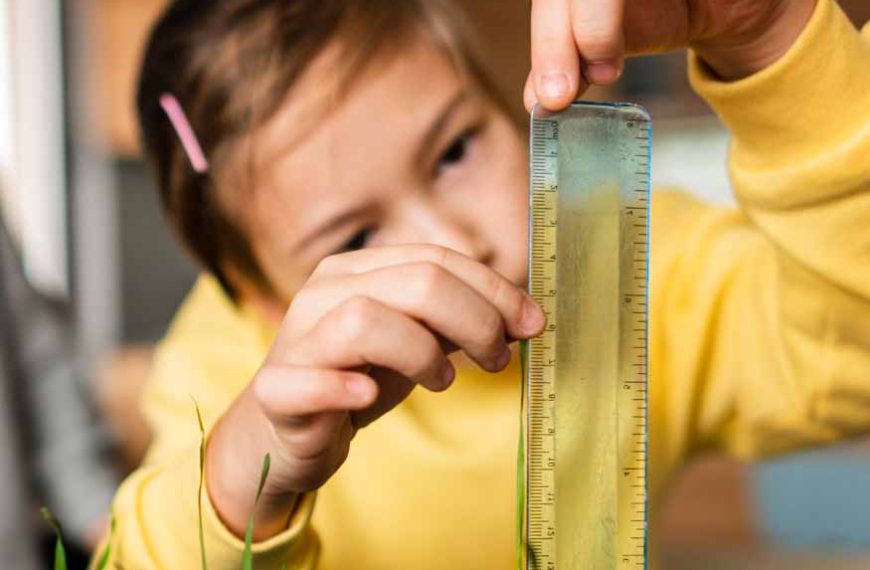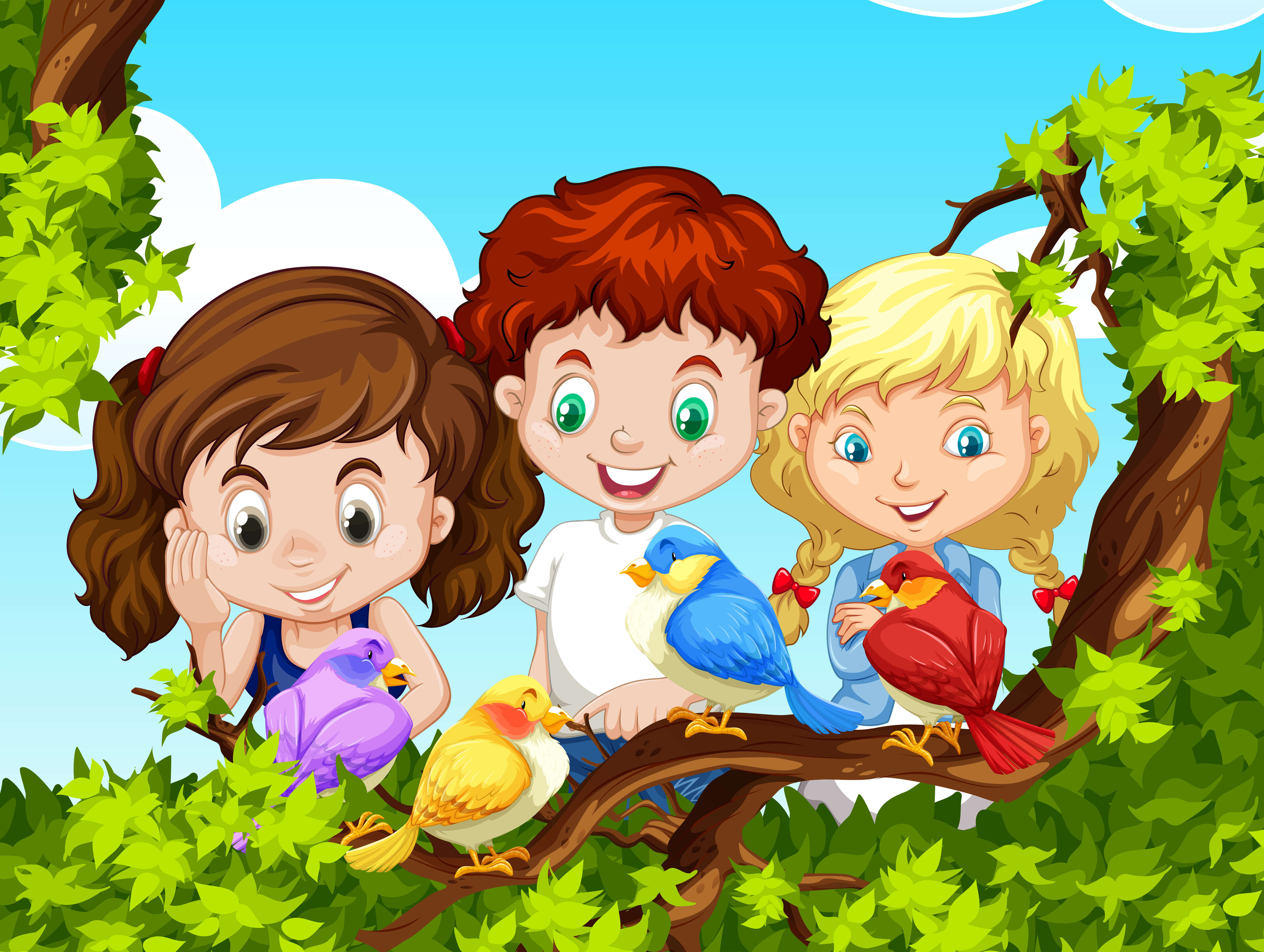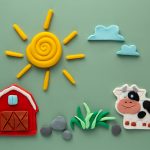“Photosynthesis is very important because almost all living things depend on plants for food. Photosynthesis is also important because of the oxygen it produces. Humans and other animals need to breathe in oxygen to survive.”
– Britannica kids
Table of Contents
1. Discovering the Wonders of Photosynthesis
2. What is Photosynthesis?
3. What is the process of photosynthesis? 4 Key Steps
4. 2 Amazing Products of Photosynthesis
5. Photosynthesis in Plants- Beyond the Basics
6. Green Gold- 4 Key Significant Impacts of Photosynthesis
7. The Intricate Dance of Sunlight and Chlorophyll
8. 9 Interesting Facts About Photosynthesis
9. Conclusion
Discovering the Wonders of Photosynthesis
The natural world is filled with enchanting phenomena, and one of the most magical is the process by which plants make their food. This process, known as photosynthesis, is the driving force behind the growth and sustenance of all green plants. Let’s dive into the magic of understanding what photosynthesis is and discover how it works!
What is Photosynthesis?
Photosynthesis is the procedure in which green plants, algae and certain bacteria transform light energy from the sun into chemical energy that is stored in glucose. This process happens in the chloroplasts of plant cells. Photosynthesis is a phenomenal process and is one of the crucial sources of energy for all organisms in our ecosystem.
Photosynthesis Formula
The balanced reaction for photosynthesis in word form is
Carbon dioxide + Water → Glucose + oxygen.
The balanced reaction for photosynthesis in symbol form is
6CO2 + 6H2O → C6H12O6 + 6O2 + 6H2O
Do you know the importance of teaching photosynthesis to kids?
What is the process of photosynthesis? 5 Key Steps
Delving Deep into the Process of Photosynthesis
The magic of photosynthesis can be broken down into a series of steps:
1. Absorbing Sunlight: Plants have a special green pigment called chlorophyll, mostly found in their leaves. This pigment captures sunlight and uses it as energy.
2. Taking in Carbon Dioxide: Plants have tiny holes on their leaves called stomata. Through these, they take in carbon dioxide from the atmosphere.
3. Using Water: The roots of plants absorb water from the soil, which travels up to the leaves.
4. The Chemical Reaction: With the power of sunlight, plants transform the carbon dioxide and water into glucose, which is a type of sugar. This sugar is the food for plants!
5. Releasing Oxygen: A bonus of this process is that plants release oxygen back into the atmosphere. It’s like a thank-you gift to all the creatures that breathe it!
This entire journey, from capturing sunlight to creating glucose, is what is termed as the process of photosynthesis. Therefore, these are the crucial steps for photosynthesis for kids.
2 Amazing Products of Photosynthesis
When plants finish their magical cooking session under the sun, they end up with some products. The main products of photosynthesis are:
1. Glucose: This is the sugar that plants make. It serves as the primary source of energy for the plant. Just like we need food to grow and get energy, plants need glucose.
2. Oxygen: This is a by-product, which means it’s something extra that comes out of the process. Plants release this oxygen into the air, and it’s vital for humans and animals to breathe.
These products of photosynthesis are fundamental for the survival of not just plants but also other creatures on Earth. Further, understanding about glucose and oxygen is fundamental to teach the photosynthesis process for kids.
Photosynthesis in Plants- Beyond the Basics
Photosynthesis in plants is more than just a fascinating process; it’s a lifeline. While the process might sound simple, it’s a sophisticated sequence of events that has evolved over millions of years.
Different plants have slightly varied ways of conducting photosynthesis. For instance, cacti, which live in deserts, have a special method to do photosynthesis at night when it’s cooler to conserve water.
Some plants, like the Venus flytrap, even get a bit of their energy from trapping and digesting insects! But, even these unique plants still rely heavily on photosynthesis to get the majority of their energy.
Did you know that learning about photosynthesis for kids can help them develop gardening skills?
4 Key Significant Impacts of Photosynthesis
One cannot emphasise enough the significance of photosynthesis for life on Earth. Here’s why:
1. Foundation of the Food Chain: Every ecosystem relies on plants as the primary producers. Animals, directly or indirectly, rely on plants for food. Without photosynthesis, this food source would vanish, and the entire food chain would collapse.
2. Oxygen Production: The air we breathe is rich in oxygen, all thanks to photosynthesis. Without plants constantly replenishing this oxygen, life as we know it would be impossible.
3. Carbon Dioxide Absorption: In a world where concerns about climate change are escalating, plants play a pivotal role in absorbing carbon dioxide, a major greenhouse gas.
4. Economic Value: Think of all the plant-based foods, medicines, and materials we get. Without the significance of photosynthesis, none of this would be possible. These are the four significant facts about photosynthesis for kids.
Do your kids know the answer for ‘How plants make their own food?’
The Intricate Dance of Sunlight and Chlorophyll
Teaching steps about photosynthesis to kids requires an understanding of the interplay between sunlight and chlorophyll.
Let’s zoom into the heart of a leaf for a moment and imagine we’re watching this dance up close. In the tiny cells of a leaf, there are even tinier structures called chloroplasts. These chloroplasts house the magical green pigment, chlorophyll. It’s this chlorophyll that captures the sun’s rays, setting the stage for the great dance of photosynthesis. Therefore, it is essential for kids to understand sunlight and chlorophyll to learn about the photosynthesis process for kids.
Sunlight: An Essential Ingredient
Without sunlight, photosynthesis remains an unfinished symphony. The sun doesn’t just provide warmth and light to our planet; it fuels the entire chain of life. When the sun’s rays strike a leaf, it’s like striking a match. It starts a chain reaction. Chlorophyll absorbs this light and uses its energy to break apart water molecules inside the plant.
A Symphony of Chemical Reactions
The process of photosynthesis is a beautiful sequence of chemical reactions. Once the water molecules are broken apart by the energy from sunlight, they release oxygen (which goes into the air) and hydrogen. This hydrogen then combines with carbon dioxide the plant has taken in, eventually forming glucose. This glucose is the sweet reward – the food that nourishes the plant and, indirectly, all life. Therefore, the significance of chemical reactions is essential for kids to learn about the photosynthesis process for kids.
The Silent Generosity of Plants
Every time we take a bite of our favourite fruit or vegetable, we are enjoying the products of photosynthesis. Plants, through this magical process, silently give us a bounty of nourishment. From the grains that become our bread to the fruits that sweeten our days, it’s all thanks to photosynthesis in plants.
This unseen, often unacknowledged generosity is the silent song of the plant kingdom. It not only nourishes the body but also stands as a testament to the interwoven relationships and delicate balance in nature.
9 Interesting Facts About Photosynthesis
These are some of the 9 interesting facts about photosynthesis:
1. The word “photosynthesis” is derived from the Greek words “photo” which means light and “synthesis” that means putting together. So the word photosynthesis literally means putting together light to create something extraordinary.
2. Photosynthesis is crucial for life sustenance on Earth. The process releases oxygen which is essential for breathing and produces food that we consume everyday; both of which are vital sources of energy for all beings.
3. Chlorophyll is a green pigment that is found in chloroplasts, and is essential for photosynthesis; it plays a major role in absorbing light.
4. Photosynthesis has two crucial stages. The light-dependent reactions take place in the thylakoid membranes and the light-independent reactions also termed as Calvin cycle occur in the stroma of the chloroplast.
5. The light energy is used by the plant to split water molecules into hydrogen and oxygen particles during the light-dependent reactions. Hydrogen component is used by the plant to produce ATP and NADPH, while oxygen is release as a secondary product into the air.
6. In the light-independent reactions, the generated ATP and NADPH are utilised by the plant to transform carbon dioxide into glucose with the help of enzymatic reactions.
7. Did you know that plants convert only 1% to 2% of existing sunlight into chemical energy?
8. Certain plants such as the C4 plants, particularly corn and sugarcane, comprise an efficient system of photosynthesis that permits them to limit water loss in hot and dry environments.
9. Photosynthesis is also performed by certain animals such as the sea slug Elysia chlorotica. This creature can include chloroplasts from algae they eat into their own tissues.
Conclusion
The article has covered detailed information on the steps of photosynthesis for kids. In wrapping up our magical journey, we’ve seen how plants, with the help of sunlight, perform the spellbinding process of converting water and carbon dioxide into food. The next time you see a green leaf bathing in sunlight, remember the marvellous chemistry unfolding inside it. Understanding the magic of photosynthesis reminds us of the intricate beauty of nature and the inextricable ties binding all life on Earth.At EuroKids Preschool, we instil wonder in young minds. Dive into the magic of photosynthesis with us, as we explore how plants whip up their green meals! Through fun activities and hands-on learning, we make nature’s marvels come alive for every child. Discover, grow, and nurture curiosity with EuroKids.
For informative and accurate articles on all things related to your new born-toddler’s development, growth, health and nutrition, follow EuroKids Blogs and do check out our nationally recognized preschools – EuroKids for the first step in your kid’s educational journey!












